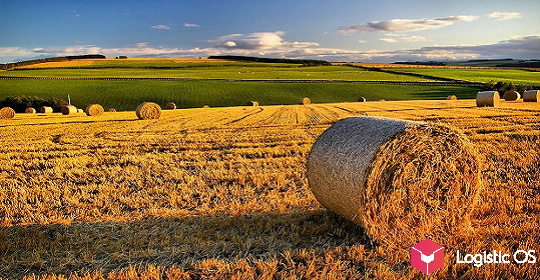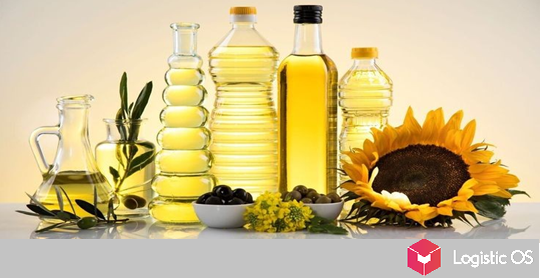In 2022, in the field of rice growing, there will be a reduction in almost all parameters: both the harvest, and the sown area, and the level of exports.
As for the sown areas, they have been decreasing for the second year in a row.
If in 2021 compared to 2020 they decreased by about 3.5%, this time by as much as 7%.
The total area under crops this year amounted to 177 thousand hectares.
The harvest also declines for the second year in a row
In 2020, there was a huge rice harvest in the Russian Federation — an absolute record for all time, 1.1 million tons.
But since then, it has not yet been possible to even get close to this level.
For example, according to the Ministry of Agriculture, only 750,000 tons of rice were harvested in October.
In total, it is unlikely to be more than 800 thousand tons.
In many ways, the cause of the problem was the accident at the Fedorovsky hydroelectric complex, which significantly reduced the ability to irrigate rice during its cultivation.
Yield is gradually increasing
If we take a large scale, we see that more rice can now be harvested from one hectare.
For example, in the first decade of the 21st century, the yield of rice in Russia was about 44 centners per hectare, in the second — about 55 centners.
However, specifically in 2022, this parameter will most likely also “fail”, largely due to the same problems at the Fedorovsky hydroelectric complex. After all, it is located in the Krasnodar Territory — the very one that provides the cultivation of up to 70% of rice in Russia.
Of the other regions significant for rice growing, only Dagestan and the Rostov region can be noted with shares of about 10%.
Production of cereals is growing
In January-September 2021, compared with the same period of the previous year, the production of rice cereals increased by 18%.
This time, most likely, we can expect growth at the level of 9% compared to last year.
But for the next season, the forecast is bad: since this year the harvest is far from being up to par, then there is nothing to make more cereals, in general.
As for export, it has been banned altogether since July 1 of this year in order to balance the domestic Russian market.
At the same time, this ban is very important to prevent price increases.
However, it has already happened this year anyway, which was especially noticeable in the spring, when the ruble against the dollar and the euro fell sharply.
Since there is still a lot of imported rice on the shelves of Russian stores, this did not take long to affect the price. Therefore, import substitution in the field of rice growing is one of the priority areas for increasing Russia’s food security.

